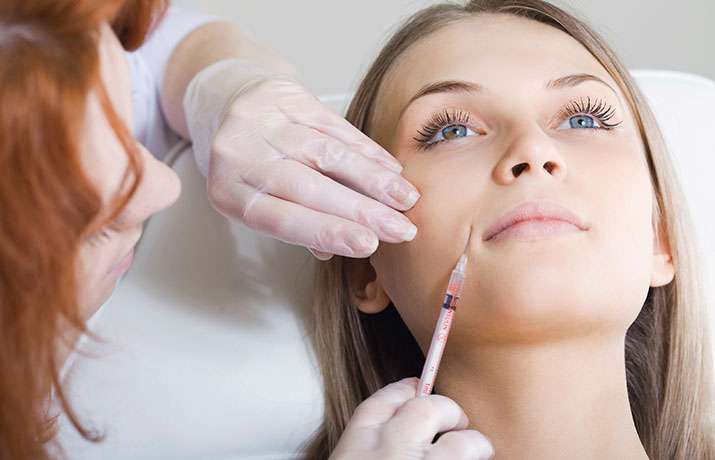A person with a sleep related breathing disorder might be the last person to know he or she has a problem. Usually complaining of the most common symptoms, daytime sleepiness and loud snoring, patients with Obstructive sleep apnea (OSA) are often unaware of their disorder. At AZTMJ, Dr. Stan Farrell has extensive training in treating sleep apnea and other sleep disorders. If you or someone you know might be suffering from obstructive sleep apnea, please schedule an initial consultation today with Dr. Farrell at 480-945-3629 or visit us at www.headpaininstitute.com for more information.
Kabir A1, Ifteqar S, Bhat A. 1Department of Internal Medicine, Division of Pulmonary, Critical Care and Sleep Medicine, University of Missouri at Kansas City School of Medicine, Kansas City, MO.
Abstract: Obstructive sleep apnea (OSA) is the most common sleep-related breathing disorder characterized by repeated episodes of obstructed (apnea) or reduced (hypopnea) airflow in the upper airway during sleep. Obstructive sleep apnea results in variable arterial oxygen desaturations and arousals leading to sleep fragmentation. Most patients with OSA first come to the attention of a clinician when they complain of daytime sleepiness or when their bed partner reports loud snoring and witnessed episodes. Obstructive sleep apnea is associated with impaired quality of life, cardiovascular disease, metabolic syndrome, and motor vehicle accidents, yet the disorder remains undiagnosed in a significant portion of the population. Overnight polysomnography, whether facility-based or portable, is required for appropriate patient diagnosis. Portable monitoring can be used in patients with a high pre-test probability for moderate-to-severe OSA, who are without significant comorbidities. Management of OSA requires a long-term multidisciplinary approach.

